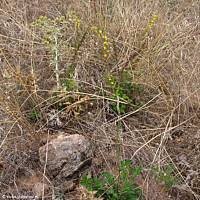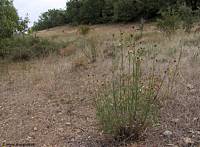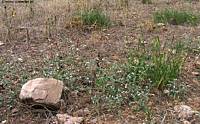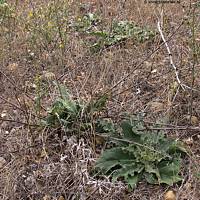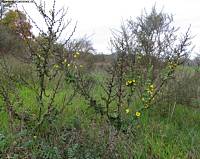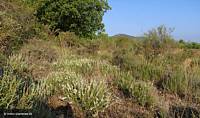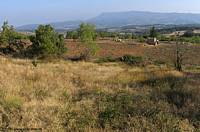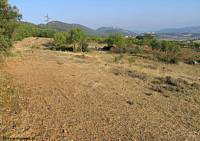|
|
Nature
Switched On
|
|
|
introduction |
2006 September 2 and 3, Saturday and Sunday One month later, at our second visit the weather I had the opportunity to study the vegetation a little bit closer and it was then that I actually started to realize what a botanical garden this was. Dispersed over the terrain where the fresh green and
yellow
|
Overview to the north-west at 13:30.
|
|
Agrimonia eupatoria together with a dried
Eryngium campestre 14:40
|
||
|
Cephalaria leucantha
sparsely distributed over
the terrain, flowering with few flowers from June to December. |
Another champion was the mediterranean
Cephalaria
leucantha (=Scabiosa leucantha L.) which finally re
|
|
|
Heliotropium europaeum
in the company of
Setaria
pumila. 14:41 |
||
|
Also prominently present in most parts was Verbascum sinuatum, a bi-annual mediterranean Mullein species. It had already flowered in spring but later on, at the end of November, it was able to produce quite a lot of flowers on stems that first seemed dried up.
|
||
| Some rosettes of
Verbascum sinuatum. The
inconspicuous yellow flowers are from
Chrondrilla juncea. 14:37
|
Verbascum sinuatum on 26 Nov 200611:55.
|
|
|
|
The next day was sunnier and allowed for brighter photographs, for
example of this
Satureja montana, called Winter Savory because it
can continue growing and flowering all winter (at least in the
Mediterranean). It has a very strong spicy flavour.
|
|
|
Satureja
montana, in the company of
Genista shrubs
and a carpet of, still brown, moss. 3 Sept 9:12
|
||
|
In the next photograph Blanca is standing right there. At the foreground
the brambles (Rubus) can easily been
|
||
| Looking north from the
south-east point. 9:00
|
|
|
|
8:50 The land waiting for the rain which would fall abundantly in the following weeks...
|
||
|
introduction
|

